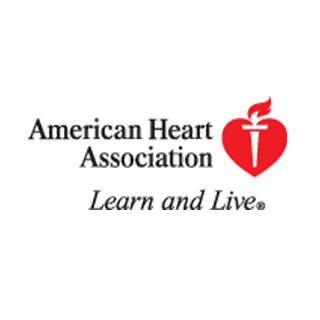
A study claimed that adults with shingles were said to be about 30 percent more probable to suffer from a stroke during a one-year follow-up as opposed to adults without shingles. The risk is said to be even more when the infection involved the eyes.
It is said that shingles is not caused by the same virus which is the reason for genital herpes, a sexually transmitted disease.
Jiunn-Horng Kang, M.D., M.Sc., lead author of the study and attending physician in the Department of Physical Medicine and Rehabilitation and chair of the Sleep Physiological Lab at Taipei Medical University Hospital, commented “Many studies have shown that people with herpes zoster infection are more likely to develop stroke. But ours is the first to demonstrate the actual risk of stroke following herpes zoster infection,”
Kang and his colleagues examined about 7,760 patients who were 18 years and older. They were given shingles treatment between 1997 and 2001. These people were co-ordinated by age and gender with around 23,280 adults who weren’t treated for shingles i.e. the controls. Their average age was said to be around 47.
During the one-year follow-up, around 133 shingles patients and about 306 of the controls suffered from strokes. After adjusting for common factors for stroke risk, the experts found that people treated for shingles infection were said to have 31 percent more chances to have a stroke, as opposed to patients without shingles infection. Patients with shingles infections that concerned the skin around the eye and the eye itself were apparently 4.28 times more probable to have a stroke as compared to patients without shingles.
When the experts examined the possibility of stroke by stroke type, they discovered that the odds of shingles patients to develop an ischemic stroke during the one-year follow-up was around 31 percent more as compared to those without shingles. The threat of hemorrhagic stroke was around 2.79 times more for people with shingles infection as opposed to people without shingles.
Kang mentioned, “Herpes zoster infection is very easy to diagnose, and antiviral medication can be used to treat the infection in the early stages. While the mechanism by which shingles increases stroke risk remains unclear, the possibility of developing a stroke after a shingles attack should not be overlooked. Doctors and patients must pay extra attention to controlling other risk factors for stroke, such as high blood pressure, smoking and diabetes.”
Shingles may generally begin as a rash on one side of the face or body. The rash starts as blisters that scab after three to five days and typically clears within two to four weeks. Apparently there is frequent pain, itching or tingling in the region where the rash develops.
The experts didn’t plan the study to establish how shingles infection could increase stroke risk. But other studies claim that as the herpes zoster virus may imitate and assault the vessel wall, it may become dented and inflamed. This in turn may cause the vessel to shut up, or occlude, thereby obstructing blood flow to the brain.
Shingles is also claimed to be the only known human virus which may be able to attack cerebral arteries. Kang mentioned, moreover, that shingles is also linked with severe pain, and the pressure of that chronic pain may increase the possibility of cardiovascular disease hypothetically.
This study was published in Stroke: Journal of the American Heart Association.
